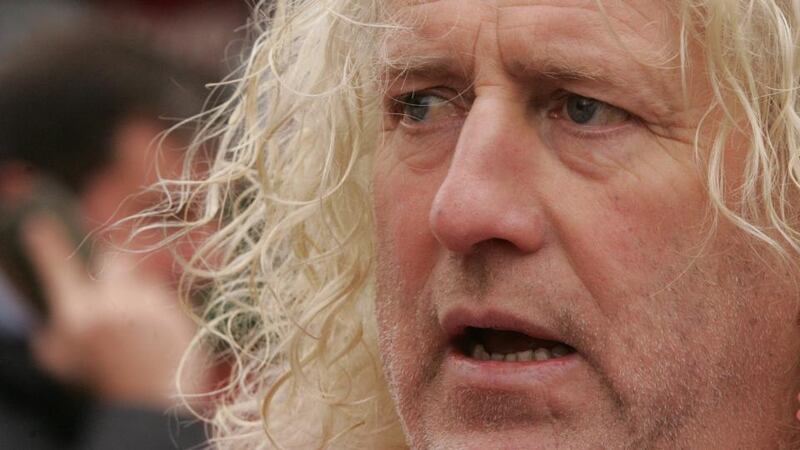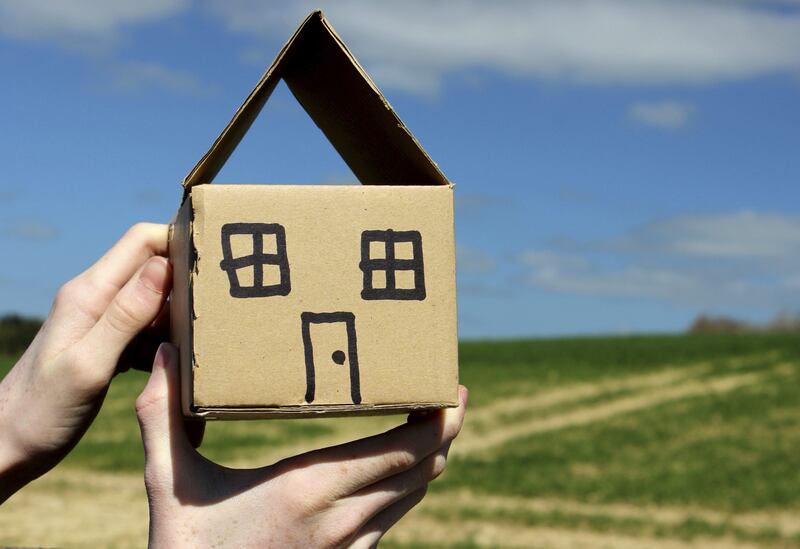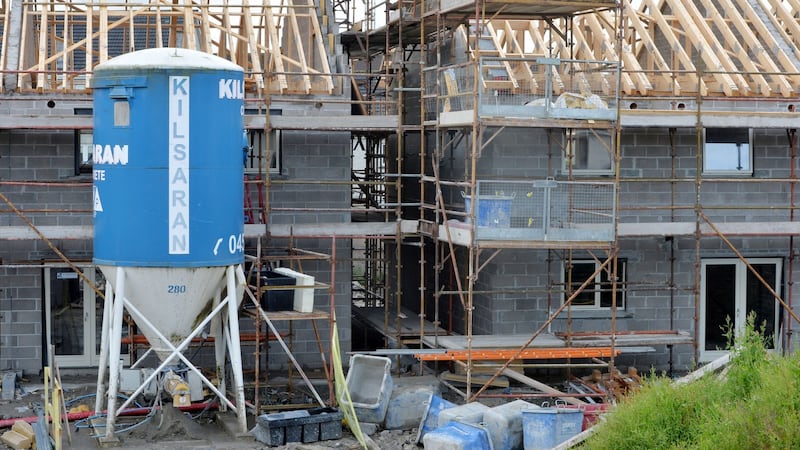In 1997 I bought a fifth of an acre site in Dublin for £150,000. In 2004, I bought another fifth of an acre site, again in Dublin, but this time it cost €4.8 million. In seven years, the price of development land in our capital city had increased more than thirtyfold. But unfortunately, this increase in a short space of time was nothing new. Overvalued development land has been having a detrimental effect on how we supply housing in Ireland for over half a century.
In 1973, Justice John Kenny’s report on the price of building land was published. Commissioned in 1971, following a massive increase in the price of building land throughout the 1960s, the report’s main objective was to consider measures for controlling the price of land required for housing and other forms of development.

The report recommended that building land should be compulsorily acquired by local authorities for 25 per cent more than its agricultural value. A radical proposal, which Justice Kenny acknowledged may be considered unconstitutional under article 43 of the Constitution, which guarantees that the State will not pass any law abolishing the right to private property. Since then, 13 consecutive governments have ignored the recommendations of the Kenny report, failing to introduce any measures to curb the price of development land, while not even attempting to address the problems of article 43 of the Constitution, by either testing them via the courts, or holding a referendum on the issue. As a result, the people of Ireland have paid the price.
In 2015, the Fine Gael-Labour government enacted the Urban Regeneration and Housing Act 2015. Part two of the Bill introduced the vacant site levy, which was set at 3 per cent of the value of the vacant site in question. The Bill also created a vacant site register, where local authorities would have to publish a list of all the vacant sites in their area.
Puny levy
The Government told us the new measures would “unlock construction sites and deliver more housing units”. However, three years on, the Bill has had zero impact on the price of land, with very few sites being released for construction, while we have seen house prices increase year on year, with no sign of stopping.

This is due to the fact that the Bill is only a half-hearted attempt at tackling land hoarding. For starters, the insignificant levy of 3 per cent will do nothing to deter owners who are sitting on their sites.
There is no businessperson worth their salt in Ireland who doesn't have some sort of loan on their sites
Worse still, those site owners who are caught by the 3 per cent will probably not even have to pay that rate, due to the many exemptions. For example, if the site is subject to a loan, and the outstanding amount of the loan is greater than 50 per cent but less than 75 per cent of the market value, the levy will drop to 1.5 per cent, if it’s greater than 75 per cent, but less than 100 per cent, the levy drops to 0.75 per cent, and if the loan is greater than the market value, ie negative equity, the levy is 0 per cent.
There is no businessperson worth their salt in Ireland who doesn’t have some sort of loan on their sites. What all this means is that the legislation in its current form is pointless. Truth be told, it was designed to fail.
The Urban Regeneration and Housing (Amendment) Bill 2018, which I have introduced, will be debated shortly at second stage in the Dáil. The Bill aims to address the problems I have alluded to in the 2015 Act.
Vacant sites
The Bill will tighten the conditions of what constitutes a vacant site; sites will now be deemed vacant if planning permission for a development has exceeded 12 months and no commencement notice for development has been issued, or where a commencement notice for a development has been issued and 36 months have elapsed without completion of the site. A site where an unauthorised use or development is occurring or a site which is being utilised on an authorised, temporary basis for an activity other than development will also all be deemed to be vacant.
For too long we have ignored the elephant in the room in how we deliver housing
Section 11 of the Bill will increase the vacant site levy from 3 per cent to 25 per cent. All exemptions for site owners will also be removed, regardless of whether there is a loan on the site. This significant increase in the levy will mean land hoarding is now an expensive game, and should result in an increase in sites being released for development, simultaneously lowering land prices, and therefore house prices. While this should represent a game changer, it will still allow the owner to make a lot more money than would the Kenny report had it been implemented.

Three of the four appeals allowed under the 2015 Act are also removed, with the site owner now only allowed to make one appeal. A new aspect in section 16(a) introduces an option for the owner of a site deemed to be vacant, prior to paying the 25 per cent levy, to enter into negotiations with the relevant local authority or State agency to sell the site for up to 60 per cent of its value if the relevant local authority or State agency deem the site to be viable for the supply of housing at the time. Taoiseach Leo Varadkar has recently announced plans for a new State agency that will acquire land for development for State housing. This aspect of the Bill can assist those plans.
For too long we have ignored the elephant in the room in how we deliver housing. Passing this legislation would benefit 99 per cent of the people of Ireland, and if the Government and opposition parties are serious about addressing the housing crisis, they should support this Bill.
Mick Wallace is an Independents 4 Change TD for Wexford











